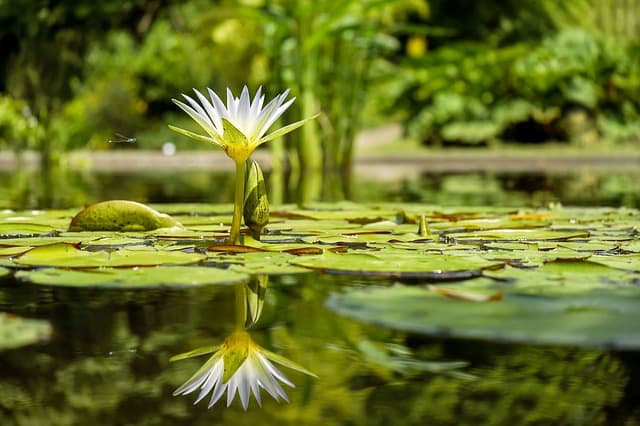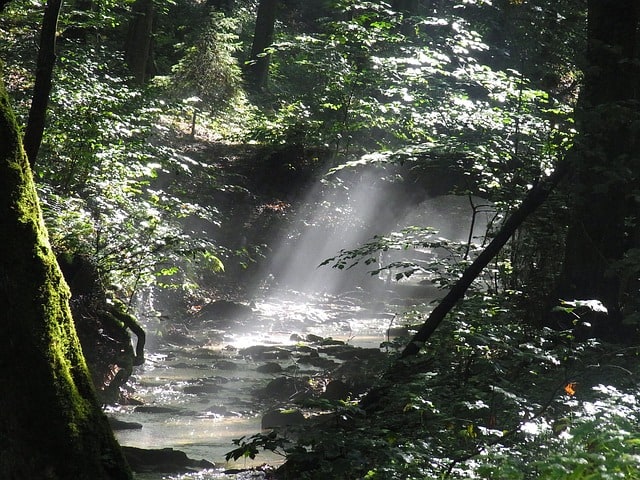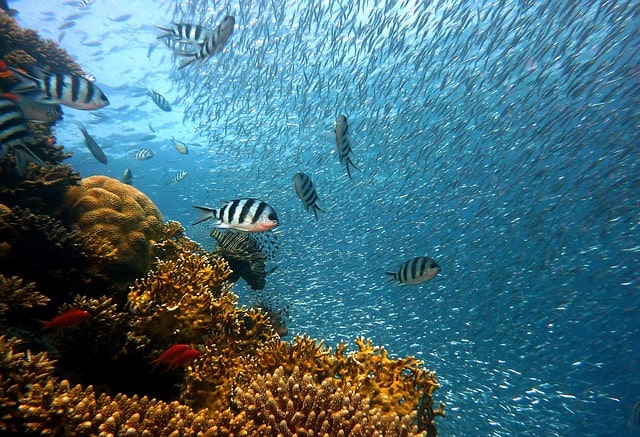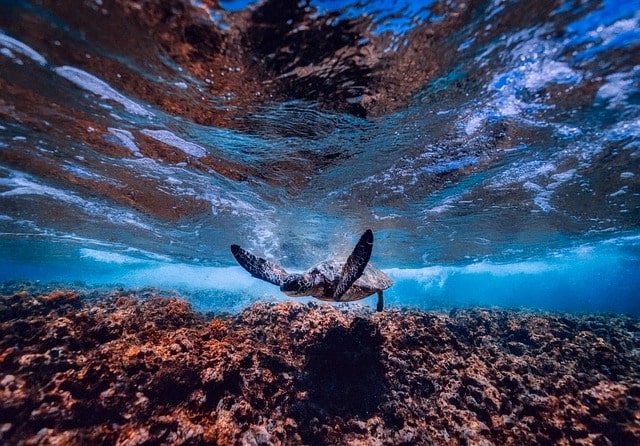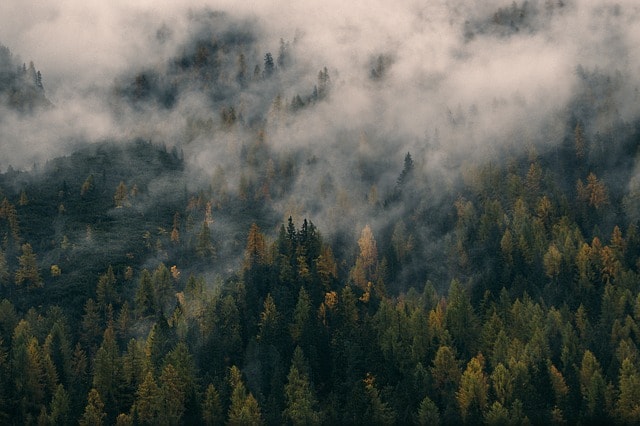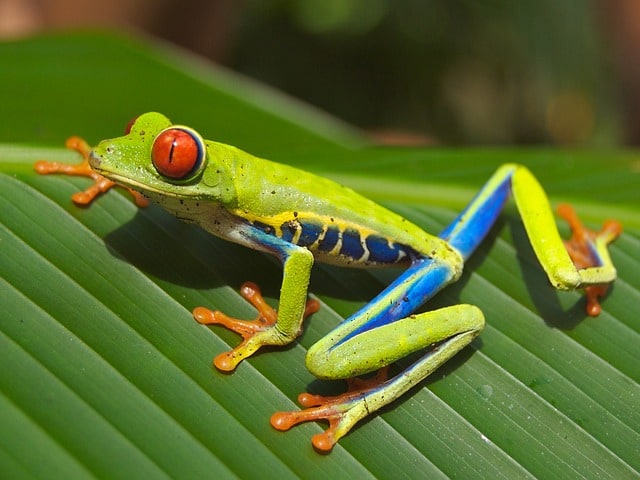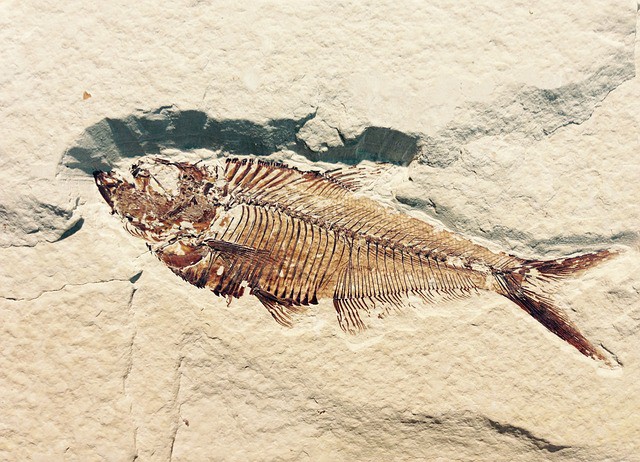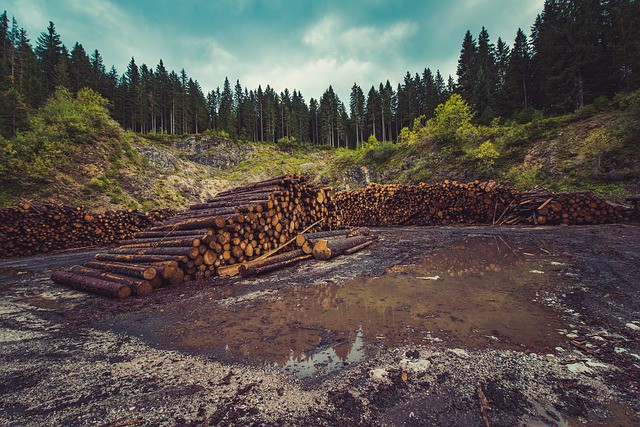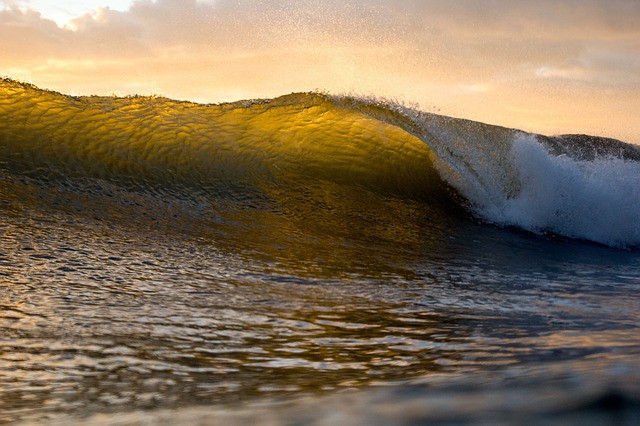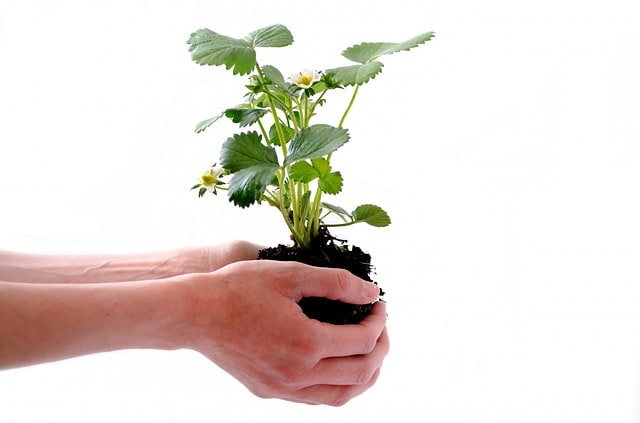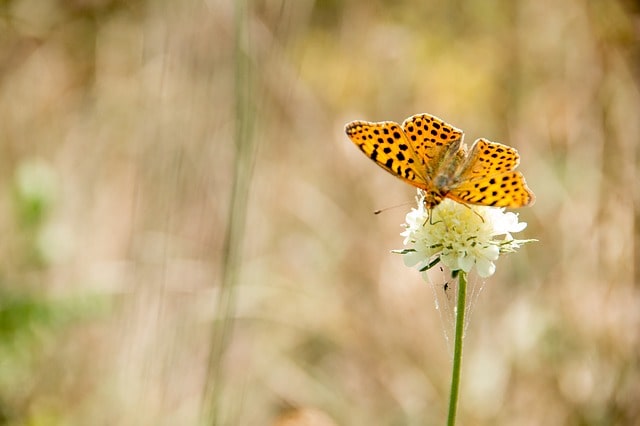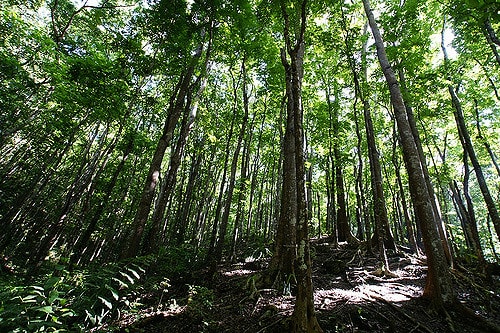FreshWater Biome: Climate, Precipitation, Plants, Animals and Types of Freshwater Biomes
Every inch of the earth’s surface consists of one or more biomes. A biome is a formation of flora and fauna (plants and animals) that have common characteristics as a result of similar climates and can be found on different continents. Essentially, biomes are distinct communities that have mushroomed due to a shared physical climate…

